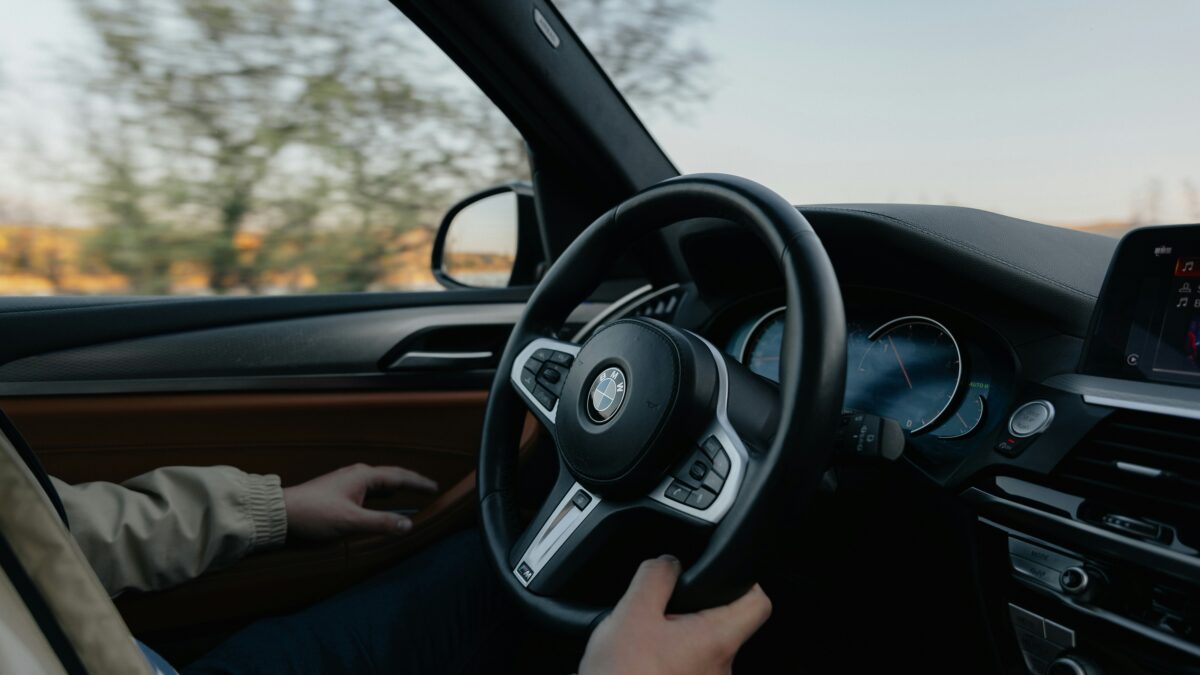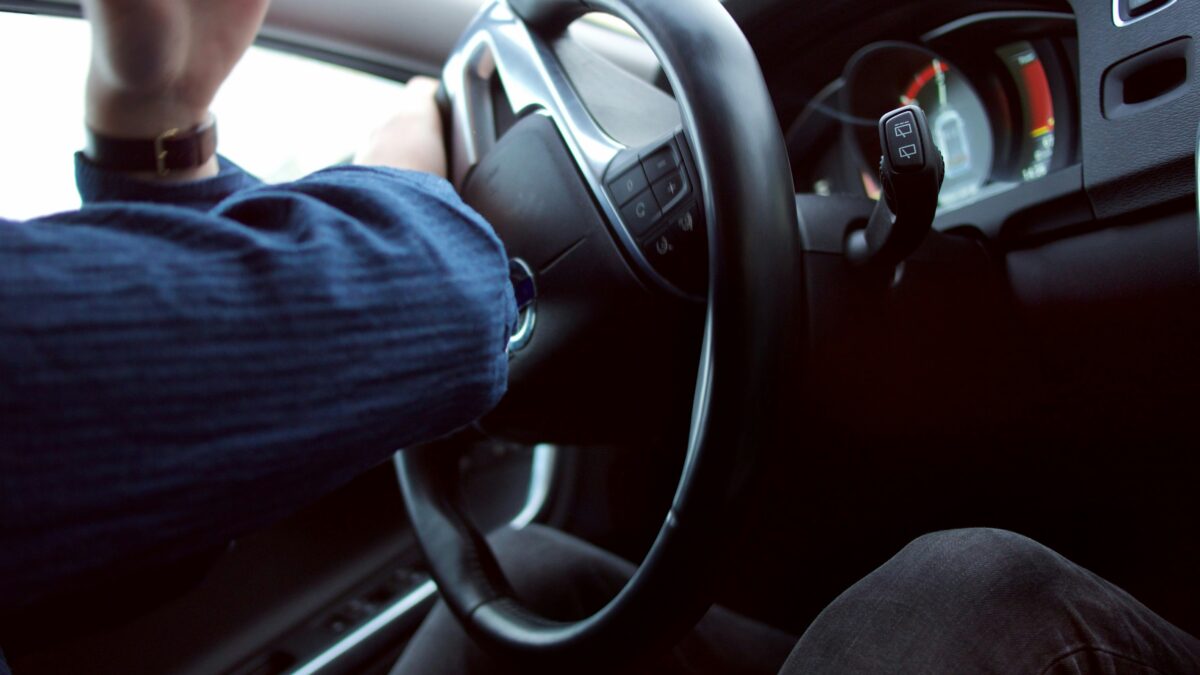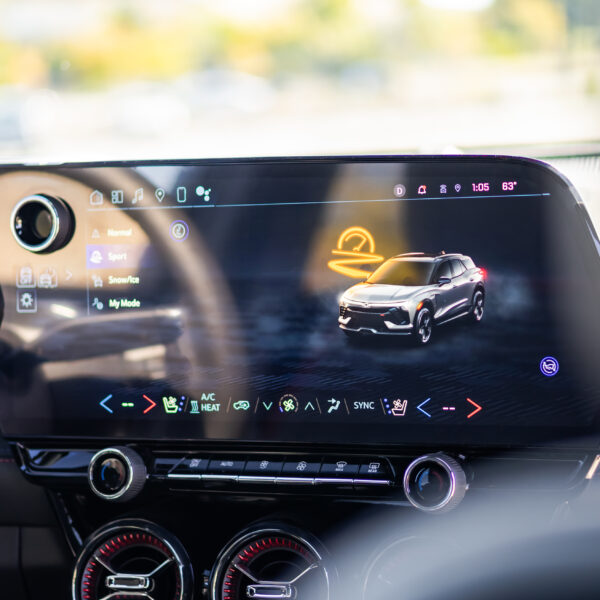What Is The Purpose of Traffic Sign Recognition (TSR)?
Automakers are always on the lookout for ways to make driving safer and more enjoyable, constantly upgrading the car tech that keeps us safe behind the wheel. Among the latest innovations in the realm of Advanced Driving Assistance Systems (ADAS) is Traffic-Sign Recognition (TSR). This cutting-edge feature acts as a co-pilot, providing drivers with real-time information about the road signs ahead to make informed and safer driving decisions.
What is Traffic-Sign Recognition (TSR)?
Traffic-Sign Recognition (TSR) is a technology designed to detect and interpret traffic signs, symbols, and signals along the road. Utilizing a combination of cameras, sensors, and advanced algorithms, TSR scans the surrounding environment and identifies various road markers, including speed limit signs, stop signs, yield signs, and more.
How TSR Enhances Driving Safety
- Increased awareness: TSR serves as a second pair of eyes for drivers, alerting them to important roadway information they might have missed. By recognizing and displaying traffic signs directly on the vehicle’s dashboard or heads-up display, TSR ensures that drivers are always aware of critical information such as speed limits and traffic regulations.
- Preventative measures: By proactively alerting drivers to upcoming road conditions and signage, TSR enables them to adjust their driving behavior accordingly. For instance, if TSR detects a speed limit reduction ahead, it can prompt the driver to slow down in advance, thereby reducing the risk of speeding violations and potential accidents.
- Adaptive functionality: Modern TSR systems are equipped with adaptive capabilities, allowing them to adjust to different driving environments. Whether navigating through urban streets, highways, or rural roads, TSR continuously scans for relevant traffic signs and adapts its alerts to the changing conditions.
- Driver assistance: While TSR serves primarily as a warning and advisory system, some advanced implementations also offer active assistance features. In addition to displaying traffic signs, TSR can collaborate with other ADAS technologies such as Adaptive Cruise Control (ACC) and Lane Keeping Assist (LKA) to provide semi-autonomous driving capabilities, further enhancing safety and convenience.
What are the limitations of traffic sign recognition?
Traffic sign recognition systems, while valuable, come with their own set of limitations. Firstly, they may function incorrectly when driving toward bright lights, potentially leading to misinterpretation of road signs. Additionally, these systems may struggle to recognize concealed, covered, or non-conforming road signs, diminishing their effectiveness in certain situations. Moreover, outdated navigation maps used by the system may compromise its accuracy and reliability, hindering its ability to perform to the best of its capability.
The Future of TSR and ADAS
As car technology continues to evolve, the capabilities of Traffic-Sign Recognition (TSR) are expected to advance further. Future iterations may incorporate artificial intelligence and machine learning algorithms to improve sign detection accuracy and expand functionality to include more complex traffic scenarios.
Moreover, TSR is just one component of a broader ecosystem of Advanced Driving Assistance Systems (ADAS) aimed at revolutionizing the driving experience. From collision avoidance systems to automated park assist, ADAS technologies are paving the way for safer, more efficient journeys on the road.

Conclusion
In the pursuit of safer roads and smarter driving, Traffic-Sign Recognition (TSR) is a great addition to the growing list of advanced safety technologies. TSR enables drivers to anticipate upcoming road conditions and proactively avoid potential hazards. With its ability to swiftly identify and interpret traffic signs, TSR empowers drivers to make informed decisions, contributing to overall road safety. By integrating TSR into modern vehicles, we take a significant step forward in enhancing driver awareness and mitigating risks on the road.















